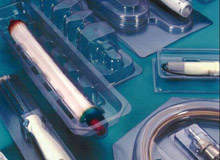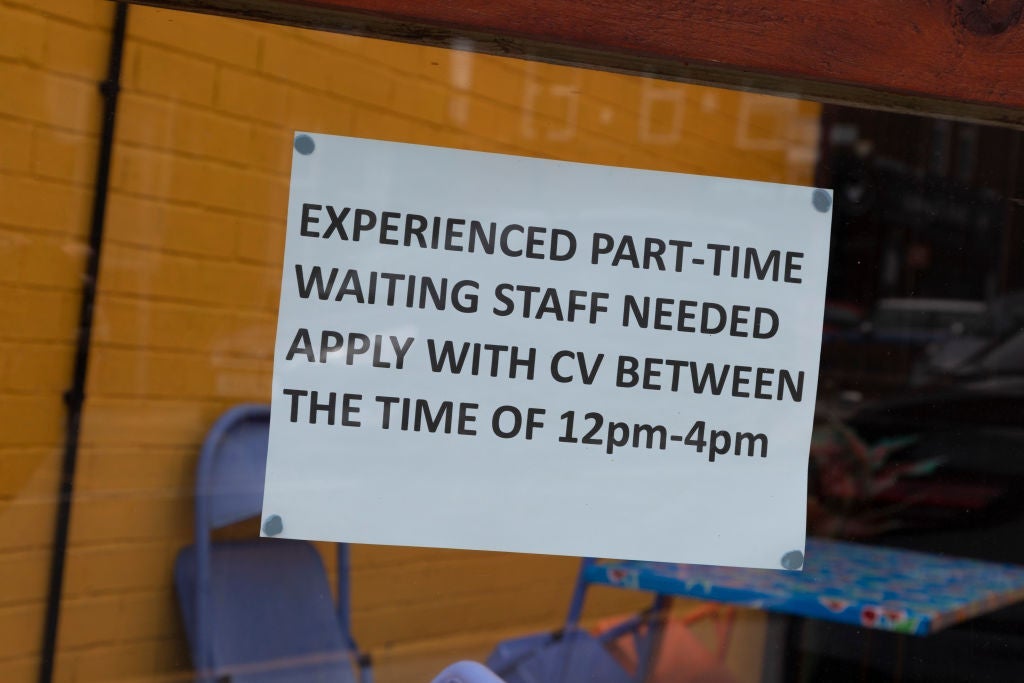
Shortly after he began in his new role as executive director of the Institute of Packaging Professionals in March 2002, Ed Landon decided that the then dormant Medical Device Packaging Committee (MDPC) should be resurrected. With a keen eye for leadership, he invited Curt Larsen and John Spitzley to become co-chairs of a newly minted MDPC. To generate both individual involvement and general industry interest in the activities of the committee, Larsen and Spitzley jump-started the committee by forming several task groups. The task groups and their chairs are:
- Sterile barrier integrity (Dr Laura Bix, Michigan StateUniversity)
- Materials specification (Nick Fotis, Cardinal Health)
- Industry benchmarking (Curt Larsen, DuPont)
- Labelling (Dave Olson, Advanced Web)
As member education is a key value of the MDPC, an industry standards and regulatory activities liaison position was also created to provide regular updates from various related industry groups. Hal Miller (Pace Solutions LLP) volunteered for this position because of his breadth of involvement in groups such as ISO, ASTM and AAMI.
The committee is entirely volunteer-run, web-centric and paperless. All the MDPC committee’s work is organised and published on the MDPC website and all communication to the membership is via email. The MDPC conducts public meetings in conjunction with national events such as PackExpo and HealthPack once or twice a year. The most recent meetings were in March and October 2006.
This year has seen the committee maturing, both in its task group work and committee structure. The most notable change to the committee itself is its increasing
“professionalisation” in calling for volunteers to fill additional leadership positions. Each of the volunteers listed have reviewed their official job responsibilities and accepted an undefined term of service. Terms of service and elections are expected to be discussed during the next scheduled meeting.
See Also:
The new positions are:
How well do you really know your competitors?
Access the most comprehensive Company Profiles on the market, powered by GlobalData. Save hours of research. Gain competitive edge.

Thank you!
Your download email will arrive shortly
Not ready to buy yet? Download a free sample
We are confident about the unique quality of our Company Profiles. However, we want you to make the most beneficial decision for your business, so we offer a free sample that you can download by submitting the below form
By GlobalData- Vice chair (Glen Petrie, Eastman Chemical)
- Membership/secretary/webmaster (Eric Carlson, Adalis)
- Treasurer (Karen Polkinghorne, DuPont)
- Programme chair (Jordan Montgomery, Medtronic)
- Task Group chair (Randall Troutman, Oliver Medical)
- Education Co-chairs (Nick Fotis, Cardinal Healthcare; Gerry Gunderson, QTS; Jennifer Neid, Tolas Healthcare Packaging/ Oracle Packaging)
Task group work has been the cornerstone of the volunteer efforts and of great value to the committee membership. The task groups have been busy in the last few years with activities, meetings and documentation of their efforts.
MATERIALS SPECIFICATION
The materials specification task group defined its purpose to be to: “Provide a standardized method of presenting data sheets to speed analysis and comparison and provide the greatest engineering value.” The task group completed this work item in 2004 and has published a guidance document, “Guidelines for Data Sheets”. The guidelines are designed to provide suppliers with a template to improve the presentation of material data sheet information. It is hoped that this document will result in a more uniform industry presentation of information that reflects user needs.
All the work was based on a team of industry experts and a user survey. User feedback generated the following suggestions: standardise the material data sheet format to make information easier to find; rely only on nationally and internationally recognised test methods; minimise graphics; publish data sheets to a web page free from password protection or registration; and arrange the information so that it aligns with ISO 11607.
INDUSTRY BENCHMARKING
The industry benchmarking task group finished its first survey and reported on the findings in November 2004. The survey consisted of nearly 30 medical device industryspecific packaging-related questions to evaluate the following: general business; respondent role and responsibilities; test methods; materials; validation protocols; industry organization alignments; and so forth.
Nearly 75% of the surveys were returned by the targeted respondents. Almost all had primary responsibilities that were packaging-oriented and were employed by a company with almost all revenue derived from medical devices. With the changes to the medical device industry that have taken place over the past two years, such as the harmonisation of ISO 11607 with EN868, it is likely that the benchmarking task group will soon be tasked with re-evaluating the state of the industry.
LABELLING
The labelling task group began its life with four major work items and continues to be very active. Initial work items were barcoding, regulatory, validation, and symbols and language. The labelling task group produced an overview presentation on the initial work items with additional information from the US FDA, barcode alternatives (RFID), trends, recommendations, sources and links. The labelling task group has been especially effective in educating the membership on the many aspects of labelling issues for medical device packaging.
In conjunction with an MDPC meeting at HealthPack in the spring of 2004, the labelling task group and the MDPC co-chairs enlisted Elizabeth Kempen (Alquest) to give a presentation on medical device labelling. This presentation covered general medical device labelling requirements and regulations, navigating the regulatory agencies, electronic labelling and international symbols as well as many different web links. This presentation is also available for download on the labelling task group web page.
Later in 2004, the labelling task group attracted another first-rate presentation on e-labelling from Kristen Giovanis (KJ International Resources). E-labelling is fast becoming a cost effective and compelling option for providing IFU information with a medical device. Because of the ever-increasing number of languages required for EU distribution of medical devices, information provided in an IFU is under constant scrutiny and revision. There are two typical forms of e-labelling: enclosed CD-ROM and internet-based publishing solutions. These new electronic formats allow the manufacturers to include more detailed information as well as graphics.
When one compares the power of utilising technology over an ever-decreasing font size, the increasing rate of information obsolescence and the cost of printing, and it is easy to see that e-labelling may provide a significant cost deferral. Giovanis’s presentation provided a measured evaluation of the various trends, technologies and regulatory landscape as well as many links to obtain further information. In the past two years, the labelling task group has been kept busy by evaluating the needs of the industry in identifying and drafting a sample label qualification plan and performing a detailed review of the e-labelling changes and requirements for Europe.
STERILE BARRIER PACKAGE INTEGRITY
The sterile barrier package integrity task group is headed by Laura Bix of the Michigan State University (MSU) School of Packaging. She identified a dearth of data with regard to sterile barrier defect size and impact on sterility: there is no published data which the FDA can empirically evaluate sterile barrier integrity. Thus, there is an industry-wide need for a revised and more defensible package integrity test as well as a determination of the sensitivity levels thereof. This task group was formed to resolve the complex and difficult task of devising a new method to evaluate package sterility and further to determine the smallest size and type of defect that could cause the loss of sterile integrity in a medical device package.
The first part of the study is the validation of the microbial test method – this is about half complete, and it is estimated that two additional semesters of graduate student work will be required for completion. The second part is to evaluate the sensitivity of the test method. In their second experiment, the goal is to determine the impact of a pressure differential with a non-porous barrier; currently two hole sizes are being evaluated. To provide initial bookends, 10μm and 100μm holes will be evaluated using a rigid tray with a non-porous lid. Results of this experiment were presented to the benefactors of this now privately funded study at MSU on 2 November 2006.
INDUSTRY STANDARDS AND REGULATION
Hal Miller has headed up a working group to raise donations from industry based on a research proposal generated by the staff at the MSU School of Packaging. This project has a targetgoal of $140,000 for completion; it is currently underfunded and is in need of additional monies to complete the project.
The team decided that the donors would best be organised as a consortium to allow the donors to be the benefactors of the results generated for a set period of time prior to publicising it for the benefit of the entire industry. The MDPC will continue to track the progress of this most important work and continue to report progress, if not results, to the membership.







